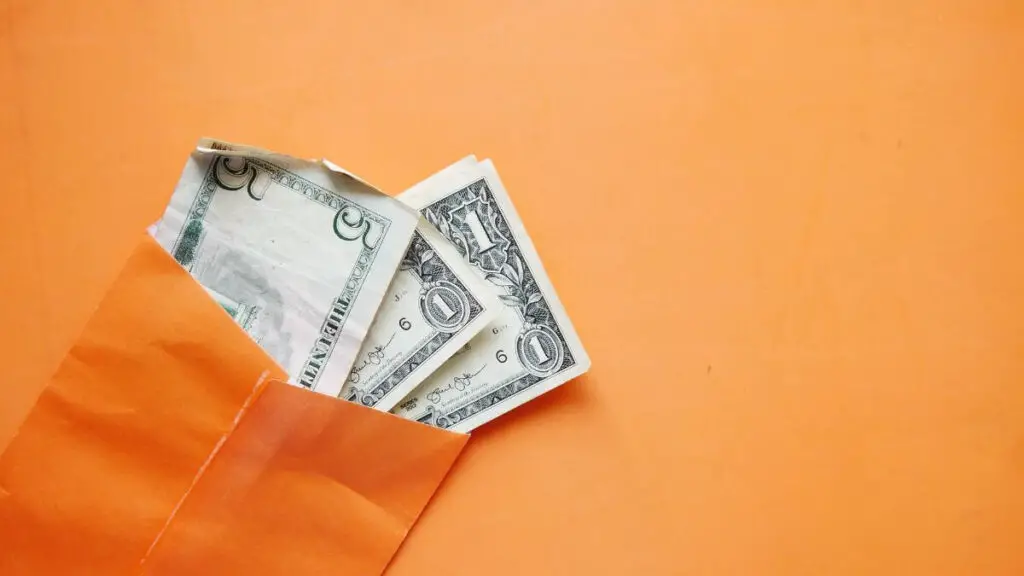With debit cards, credit cards, convenient online shopping, grocery, fast food pickup and delivery services, and apps like Venmo, we use less physical currency than ever. Most of our commerce is conducted electronically, and it is now normal for most people to walk around with little or no cash in their wallets. But cash stuffing is apparently making waves on social media, especially TikTok, among young people. It’s not a new financial tool and is often known by its traditional name – the envelope system. Although cash stuffing and the envelope system are old-school financial strategies renewed for Generation Z, they can benefit anyone who follows them with discipline.
The Envelope System
Encouraged by personal finance guru Dave Ramsey, the envelope system involves physically putting cash into envelopes for each item of your monthly budget. Look at your monthly budget on your budgeting app (or Google sheet or Excel file) and figure out how much you spend – or should be spending – on line items that you can pay in cash. While some fixed monthly expenses are not feasible to pay in cash, such as utilities, most variable monthly expenses like groceries, eating out, entertainment, gas, medicine, and personal items can be bought at a cash register with old-fashioned dollar bills.
If you think you should spend four hundred dollars per month on groceries, put $400 cash in an envelope labeled Groceries and then the upcoming month (i.e., January ‘23). Do this for all budget line items that can reasonably be paid for in cash. When the new month begins, only use the cash in each respective envelope for those expenses. At the end of the month, any cash left over in an envelope represents a success and can be used for something else, such as an investment or savings. Ideally, it should not be spent on something frivolous!
Why It Works
The trick behind cash stuffing and the envelope system is the ability to see cash flowing out. Consumers can easily overspend when expenses are paid entirely online or with credit cards because they cannot visualize their spending against their income (and savings) in real-time. Credit cards, convenient apps, and online accounts let consumers spend too fast, realizing too late that they are approaching the limit of their monthly budget. Forcing yourself to pay in cash helps slow down spending and lets you see how much cash is left in your budget (the envelope for that line item).
Seeing the cash in the envelope dwindle during the month makes you more likely to think critically about whether the new proposed expense is necessary. Not having to see your cash shrink by making purchases with a credit card can lead to “sloppy” mental math on whether or not an expenditure is genuinely needed. Cash stuffing makes you more disciplined.
The Hard Part: Don’t Move Cash from Envelope to Envelope
Don’t cheat on the envelope system! Cash stuffing is highly successful at building budgeting discipline, but only if you limit your line item spending to the cash in each respective envelope. Consumers may “cheat” the envelope system by preemptively moving cash from one envelope to another in anticipation of a desired purchase. This can result in overspending on specific line items and potentially insufficient cash for others. You only build budgeting discipline by sticking with your allotted cash for each line item!

